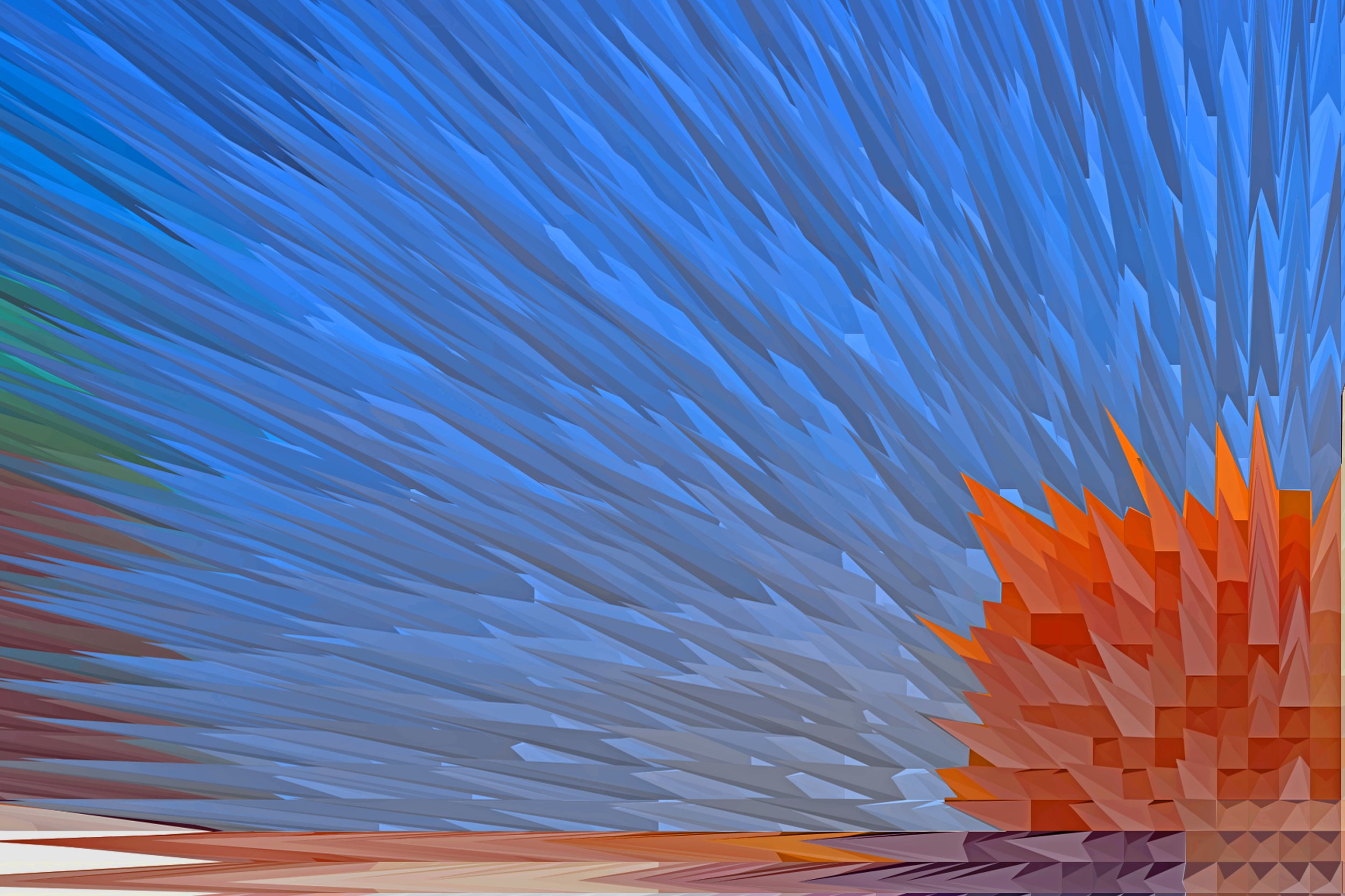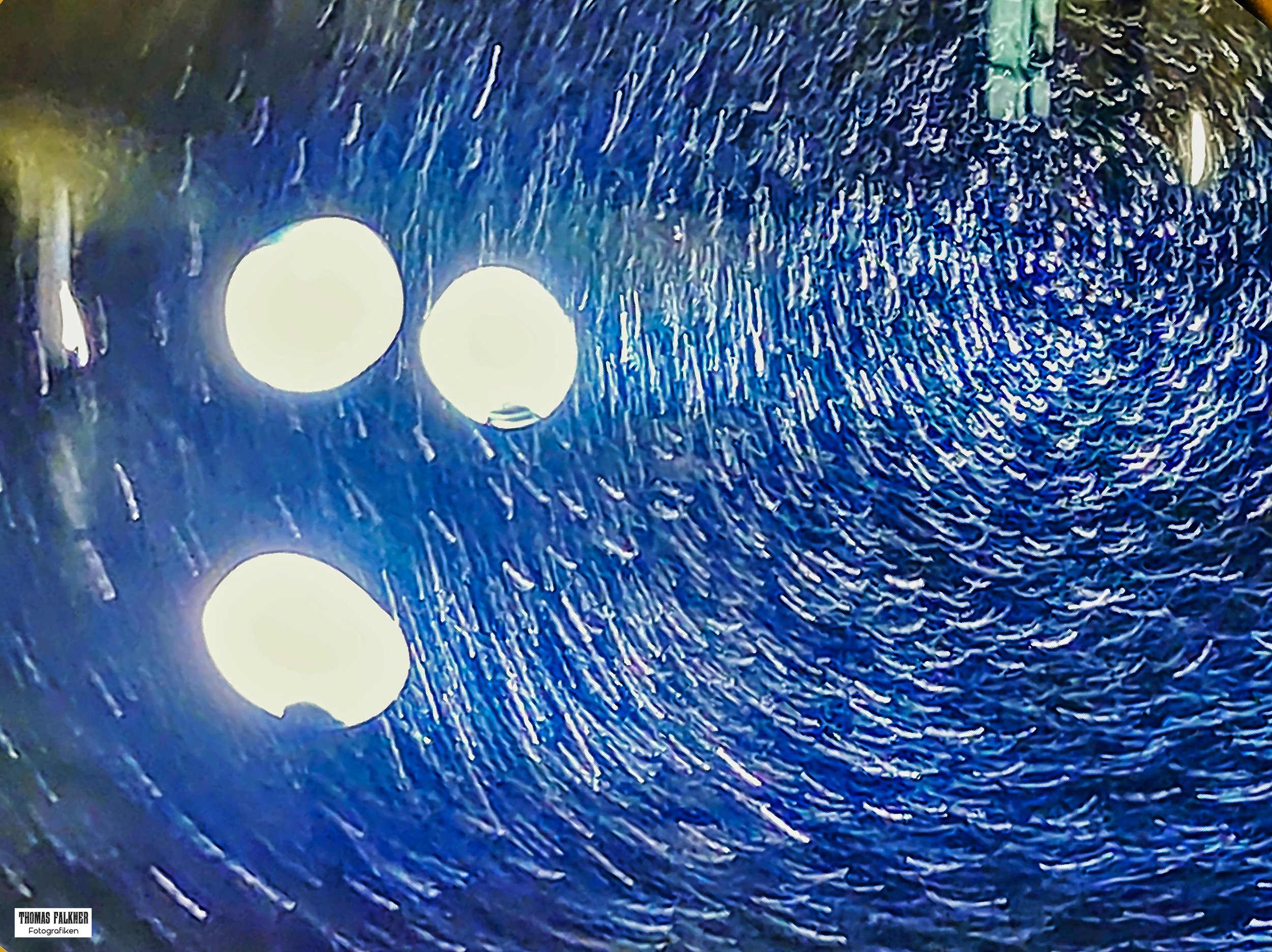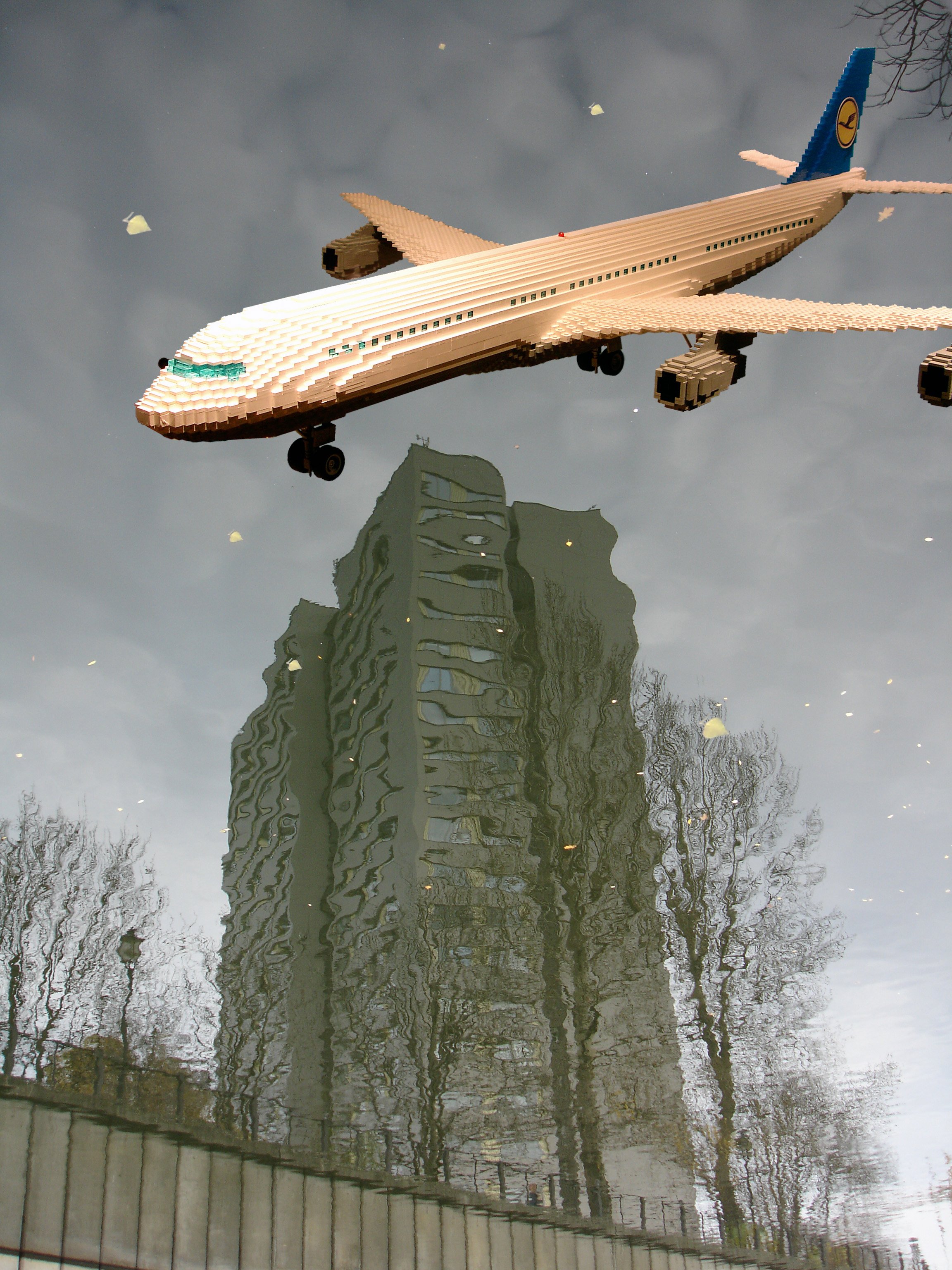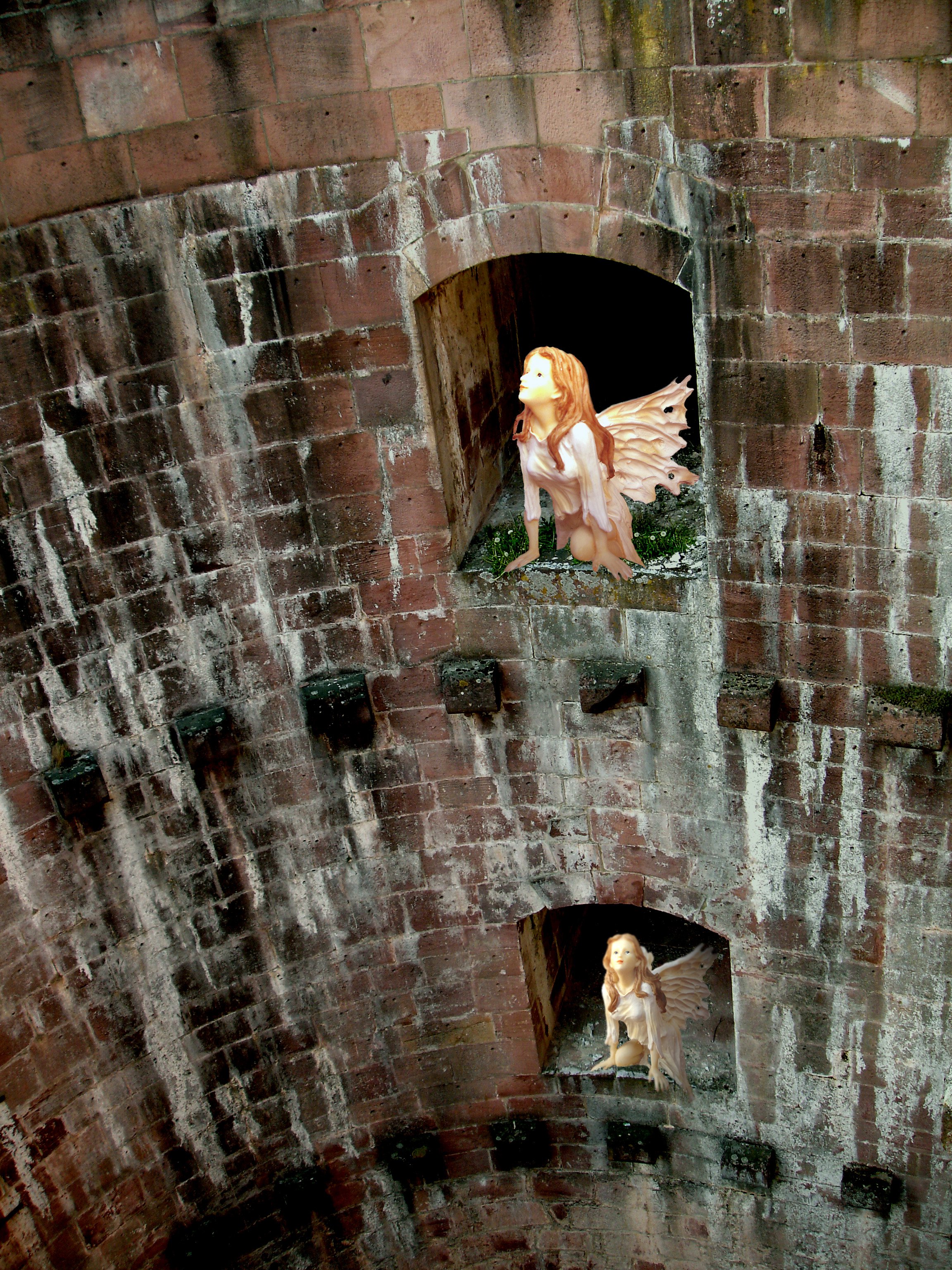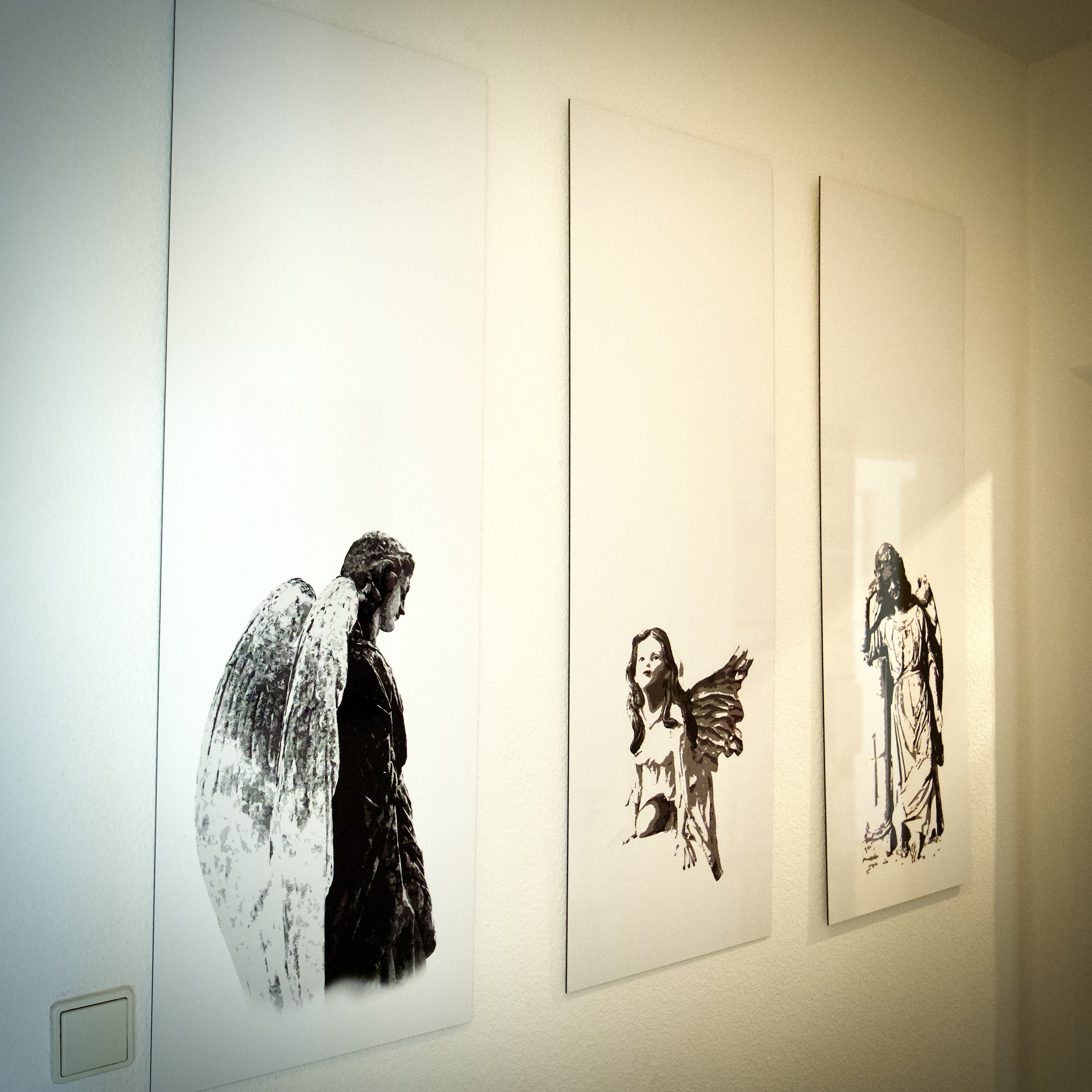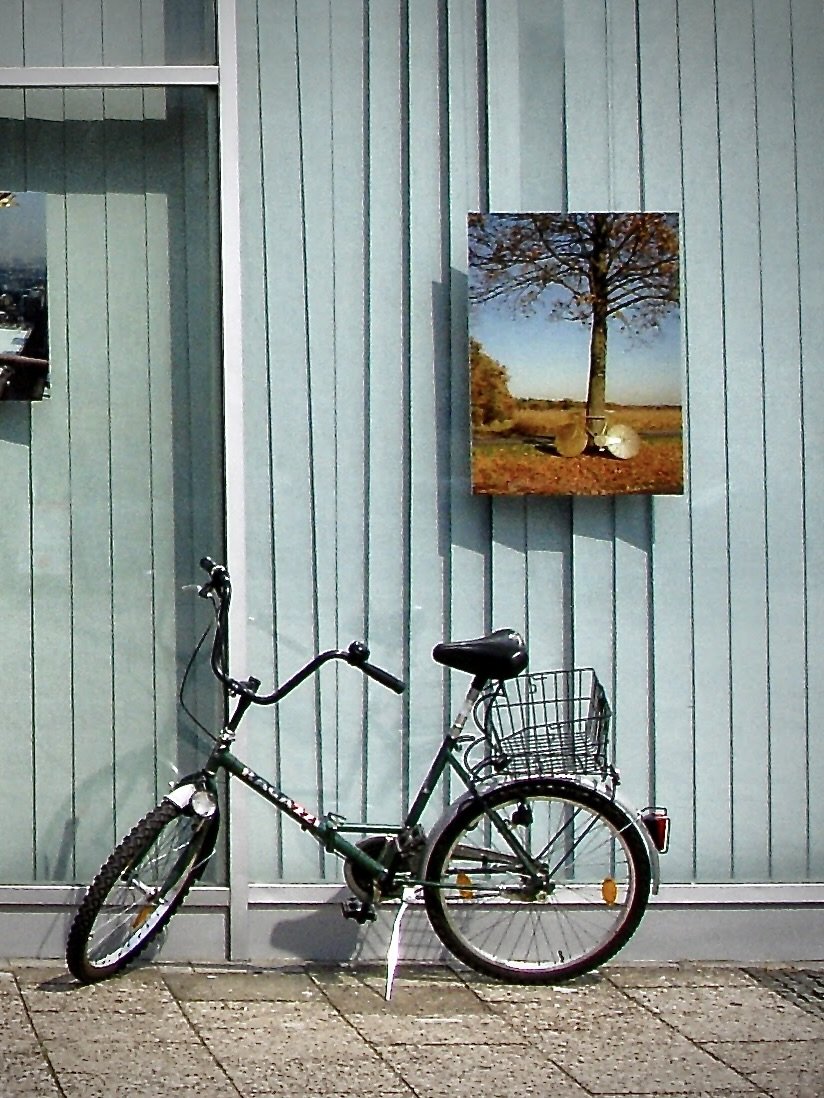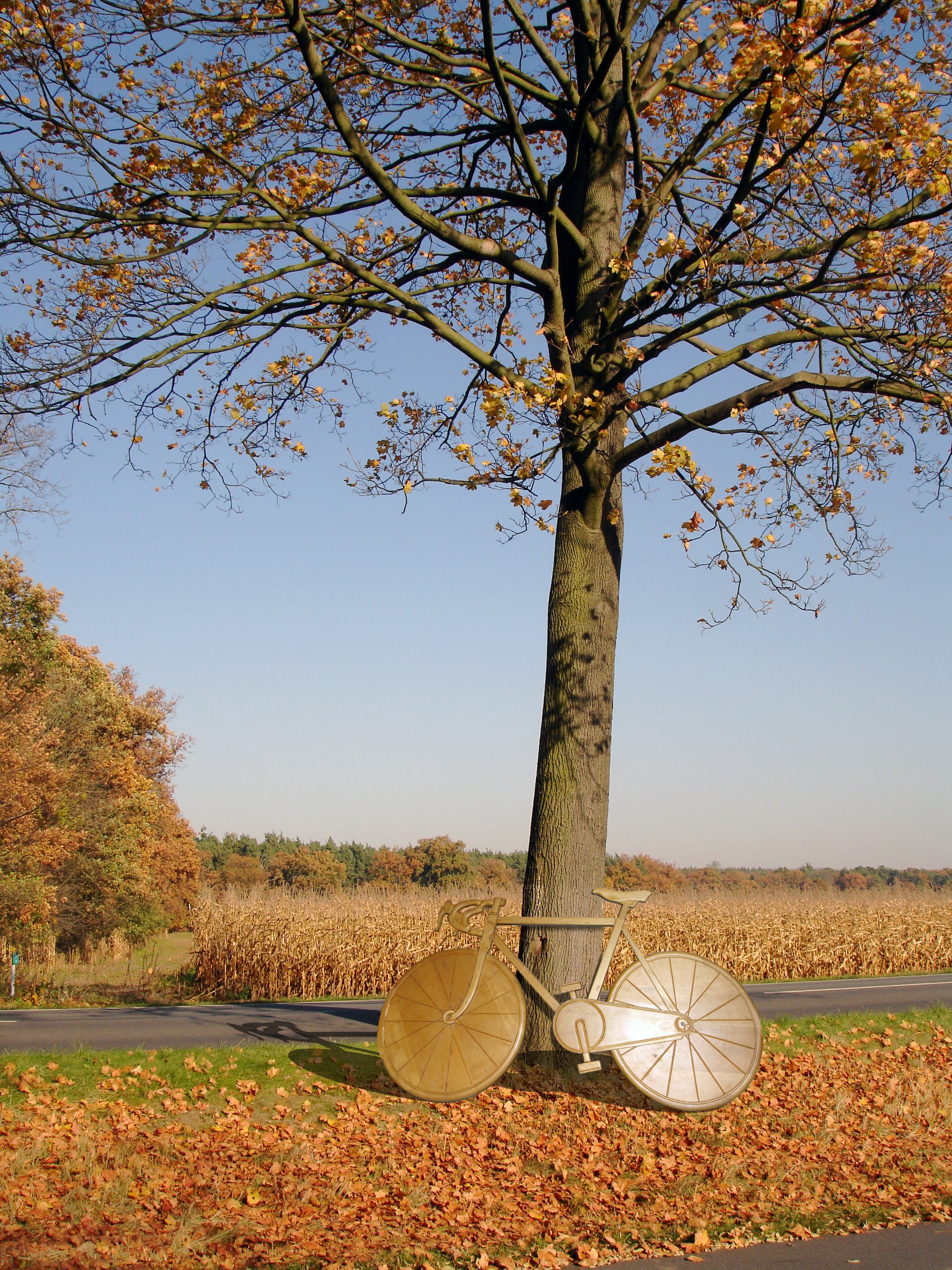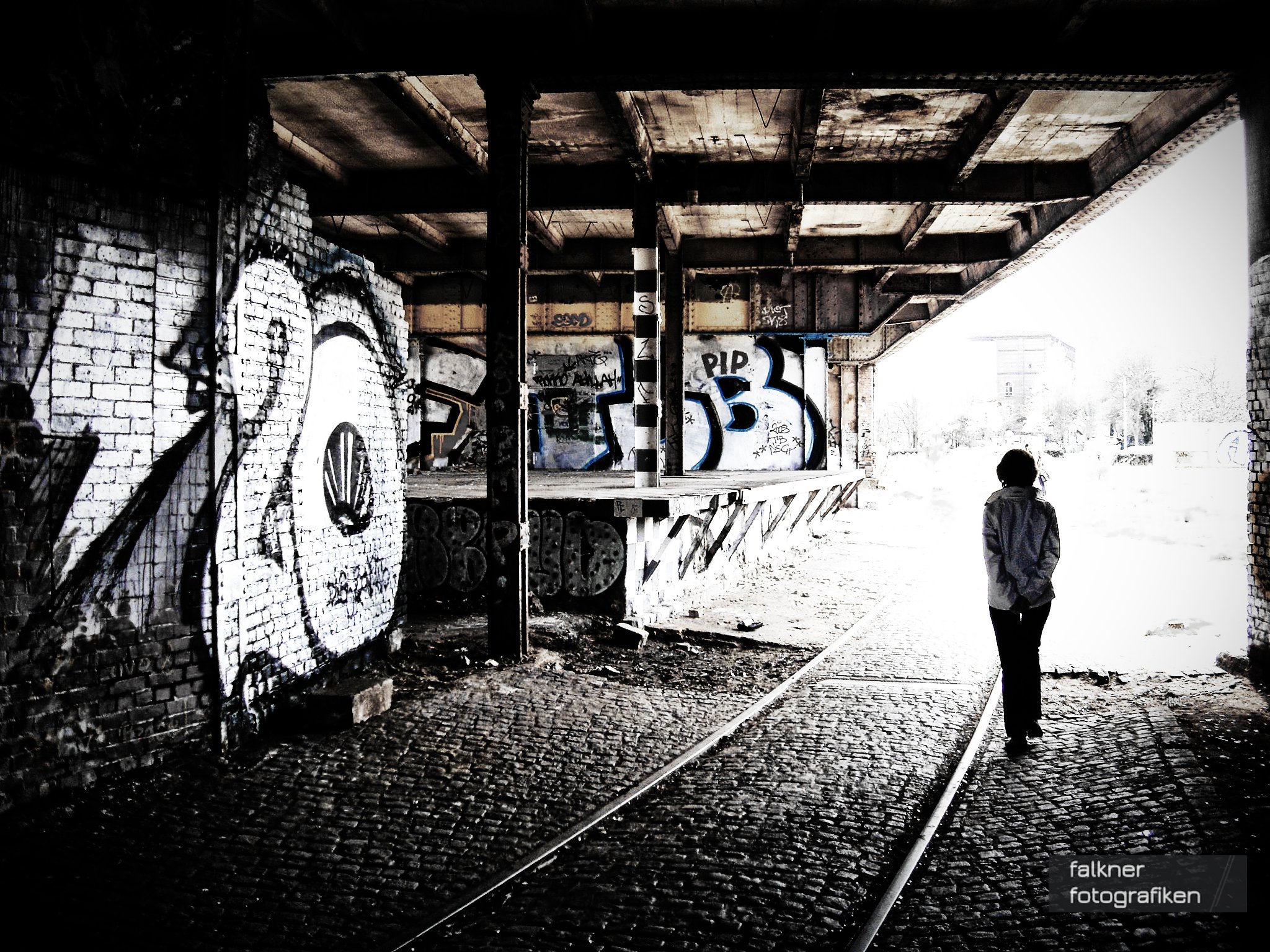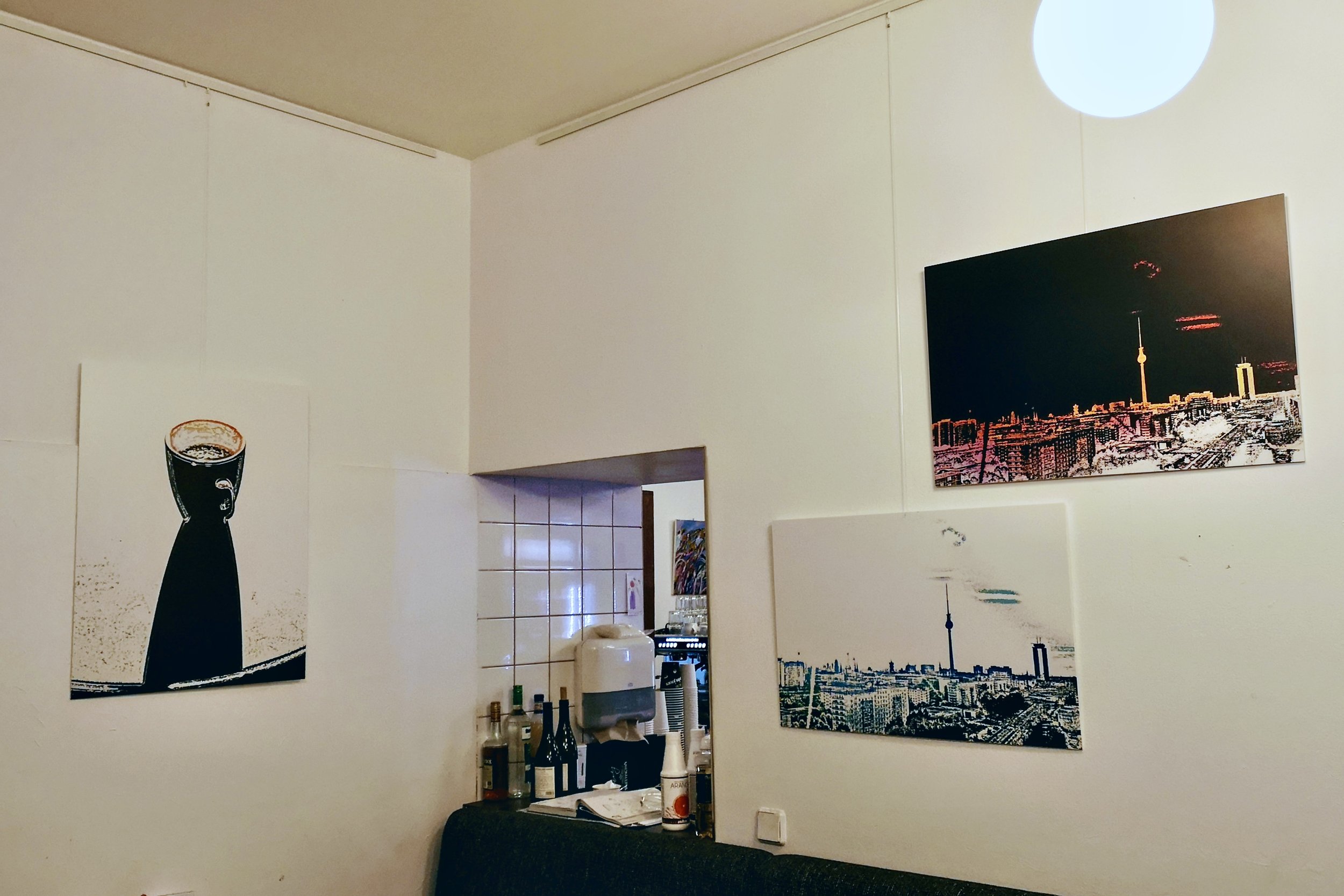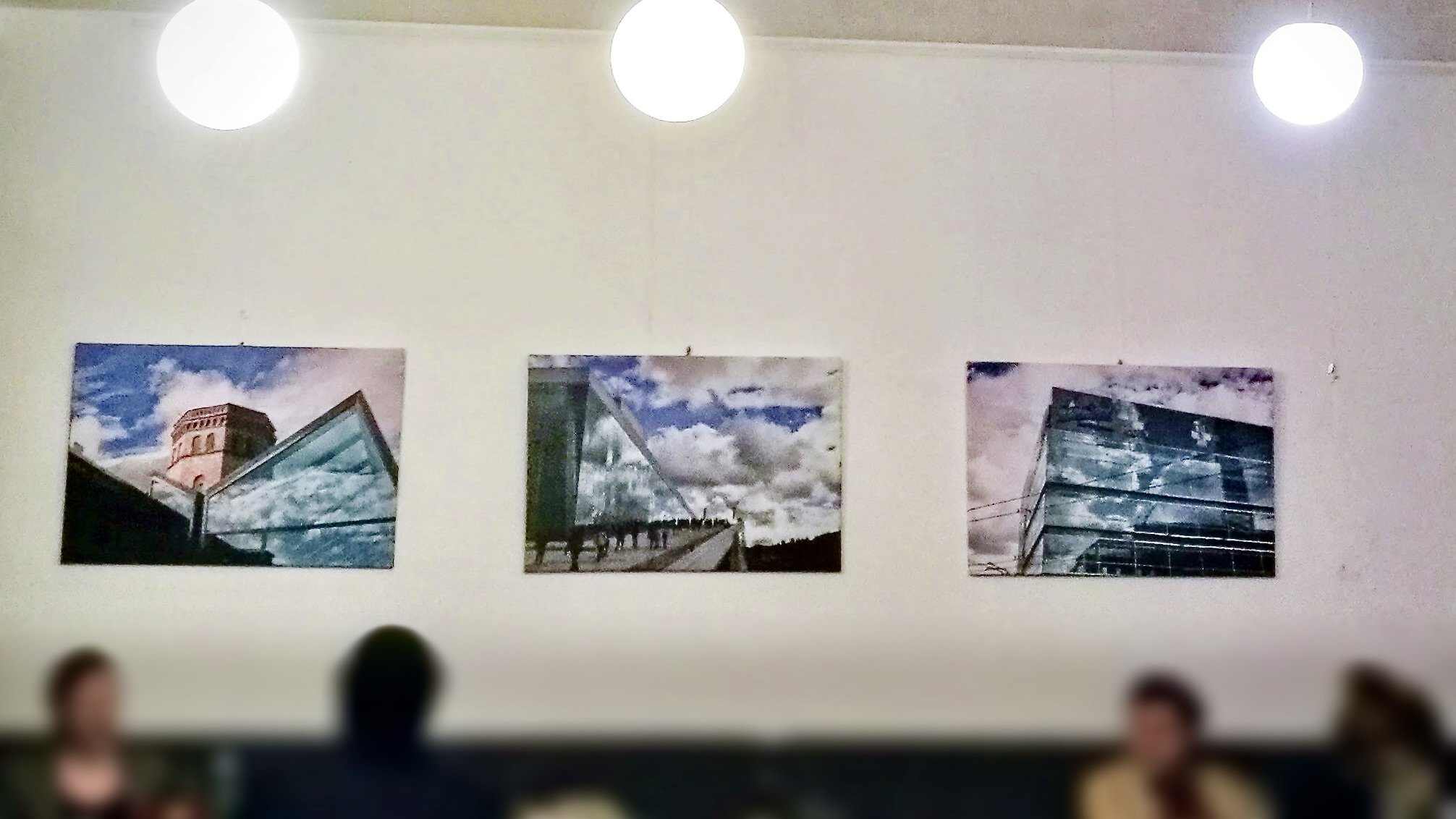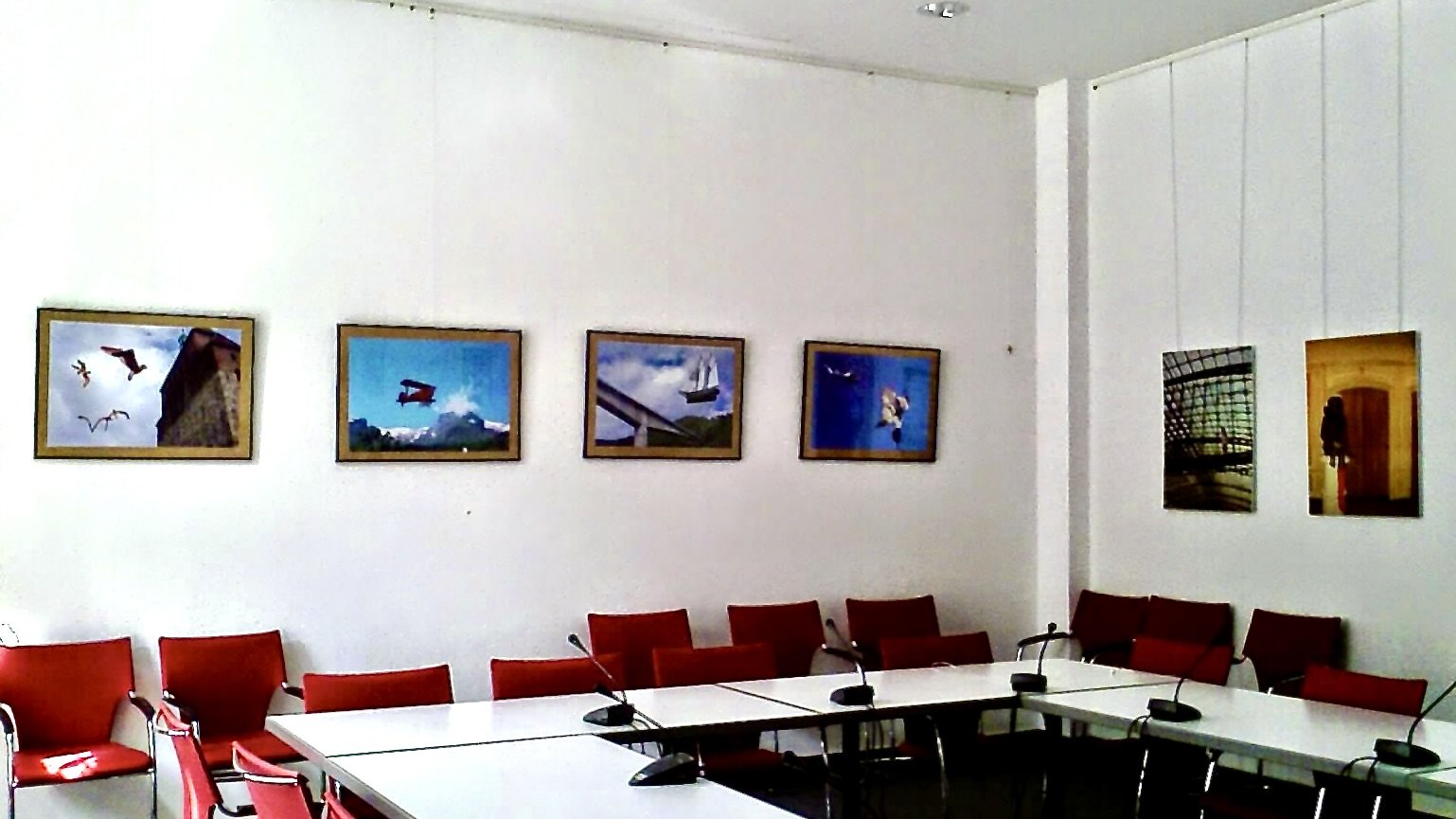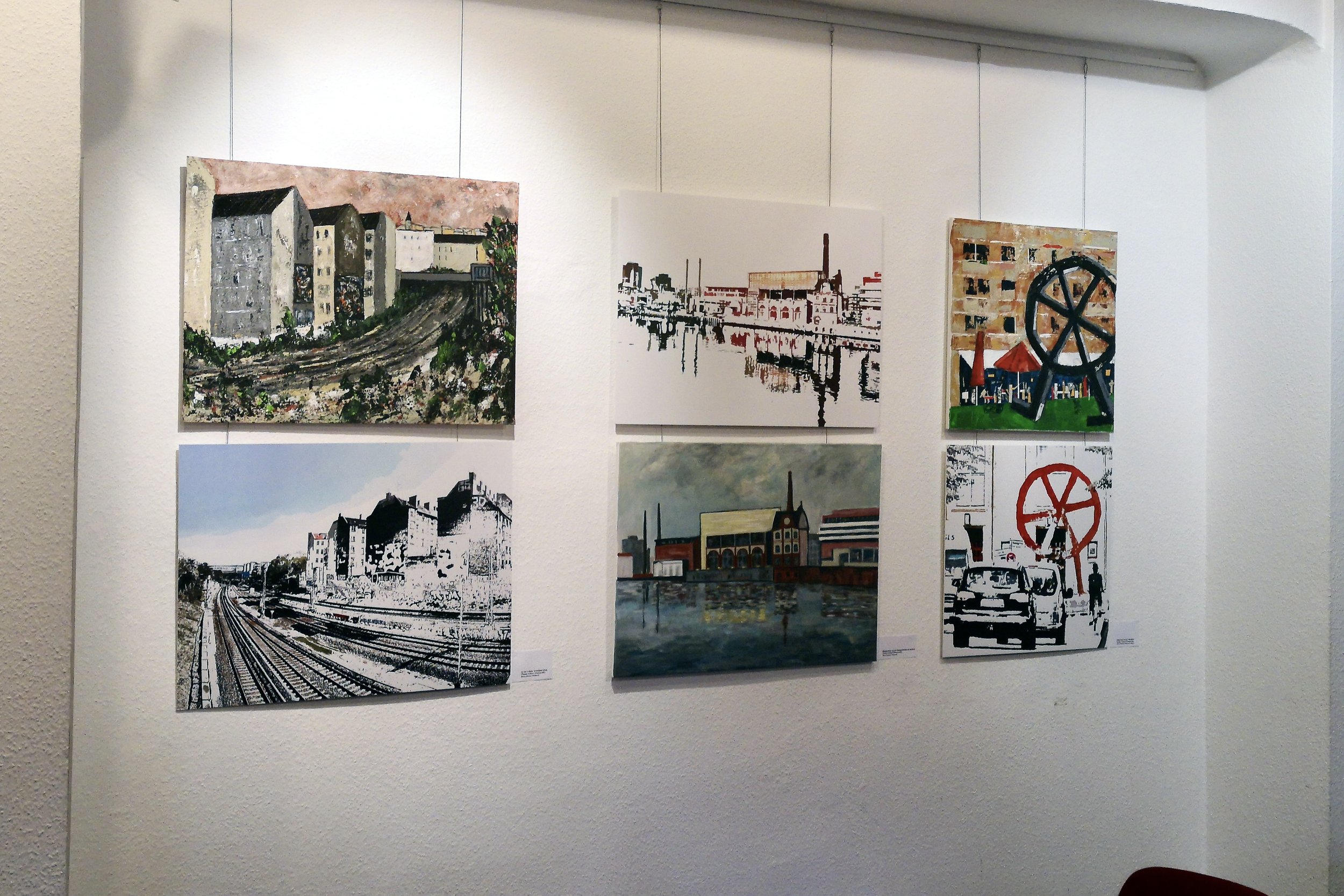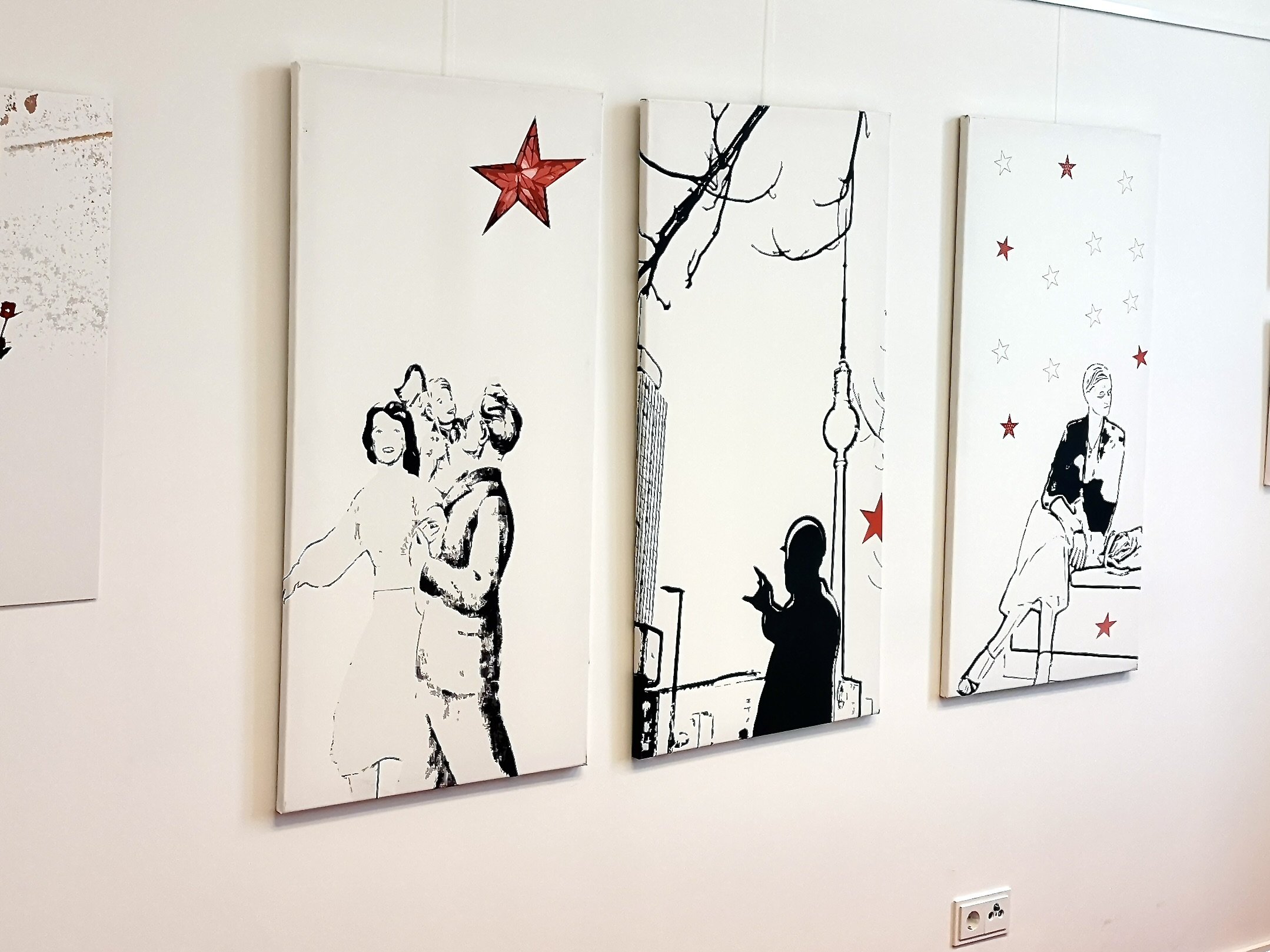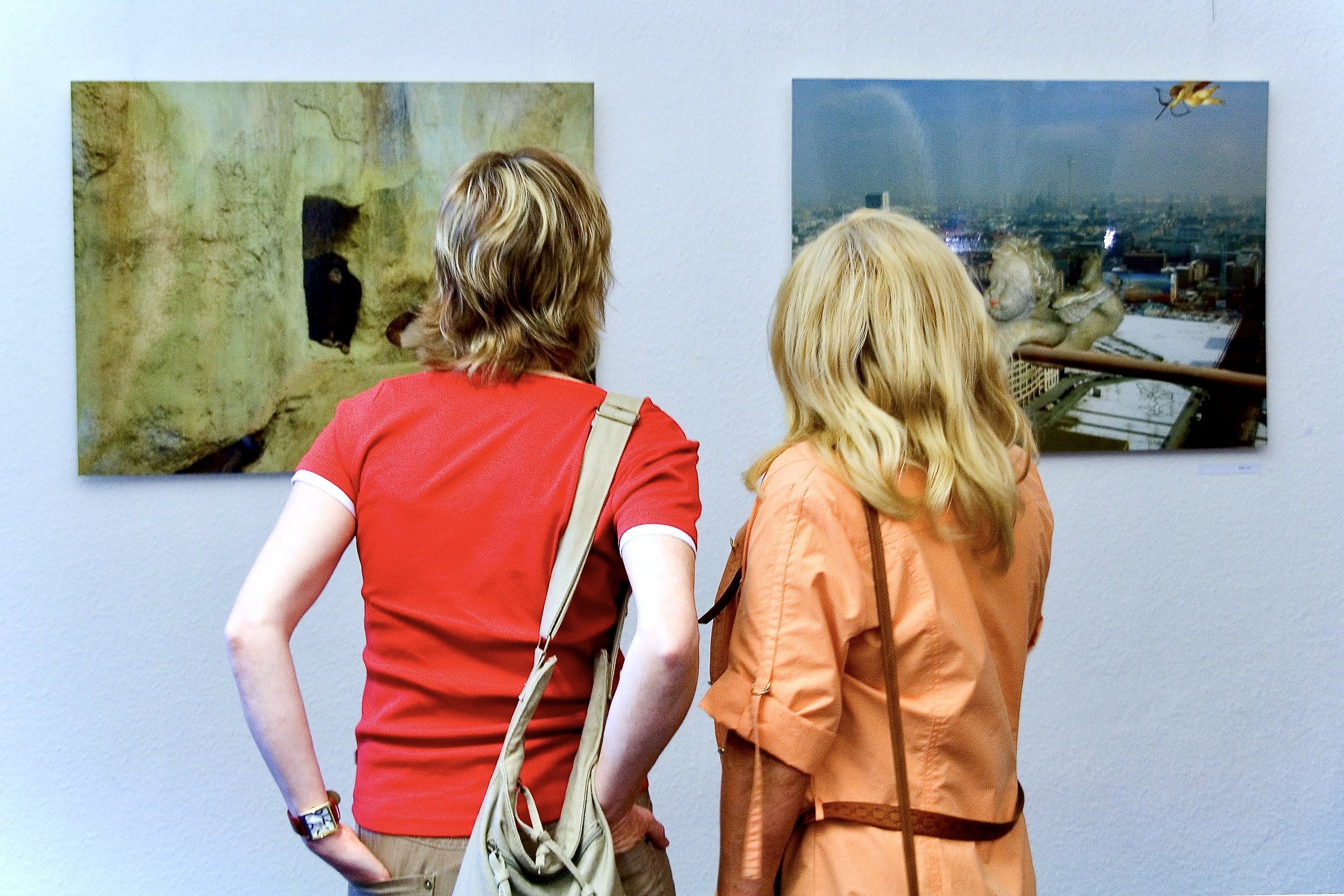Interview
Thomas Falkner
Thomas Falkner, born in Berlin, Germany, in 1957, is a journalist and an artist by profession.
After obtaining his doctorate in politics in Leipzig, he worked as a journalist in Berlin and Bonn, and since 1994, as a consultant on strategy and fundamental issues for the PDS and DIE LINKE in Berlin, Potsdam and Magdeburg. He has since retired in 2021. He is also the author of several books.
Since 2005, Thomas has had exhibitions of his photomontages and photographs at various venues in Berlin and Brandenburg, including:
"Helle Panke", Berlin-Prenzlauer Berg,
2007 - "Weltenferne - Realitätsgewinne",
2014 - "Reduction. Concentration" - with H. Pomorin,
2019 - "The second look. Berlin, the city" - with H. R. Dietzel,
Brandenburg State Parliament - 2006
Artistic design of the citizens' office of the former Berlin Senator for Culture, Klaus Lederer,
2014 - "The Star of Communism - Rise and Fall",
2017 - "The Colour Red" (Rosa Luxemburg Foundation)
What is your background and how did you start your journey in the art world?
“I am Thomas Falkner from Berlin - journalist, book author and longtime political advisor for the German Left Party. When photography and digitalization started coming together a good twenty years ago, it occupied me more and more in my spare time. In the beginning, there were real-image montages of motifs that did not match in the real world, which were combined to create a new image that was as deceptively real as possible, and ultimately disturbing: Chimpanzees from the zoo, which the viewer sees from inside a boutique, as they in turn look through the shop window from the street. Sailboats flying over bridges. An angel gazing longingly from a dungeon. That is what my first few exhibitions looked like in 2005.
Today, my work has three pillars: on the one hand, classical photography of urban and natural spaces, of incursions of light and perspectives. On the other hand, what I call photographic prints - highly reduced and distorted photographs in which structures, contexts and again perspectives become clear. In addition, there are collages and abstract experiments based on both elements.
Artistically, I am self-taught. My friend, the Berlin painter Horst Dietzel, has supported and encouraged me - also through several joint exhibitions.”
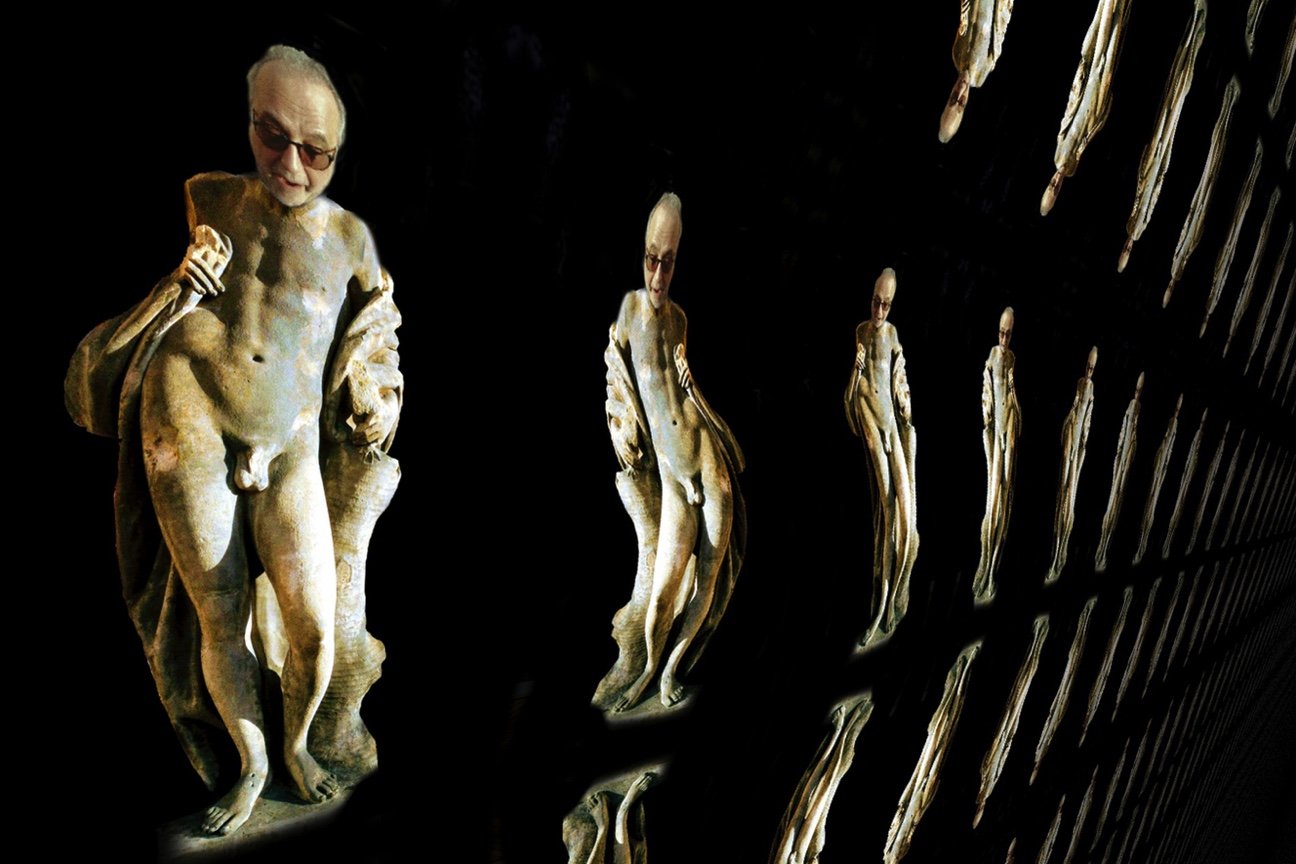
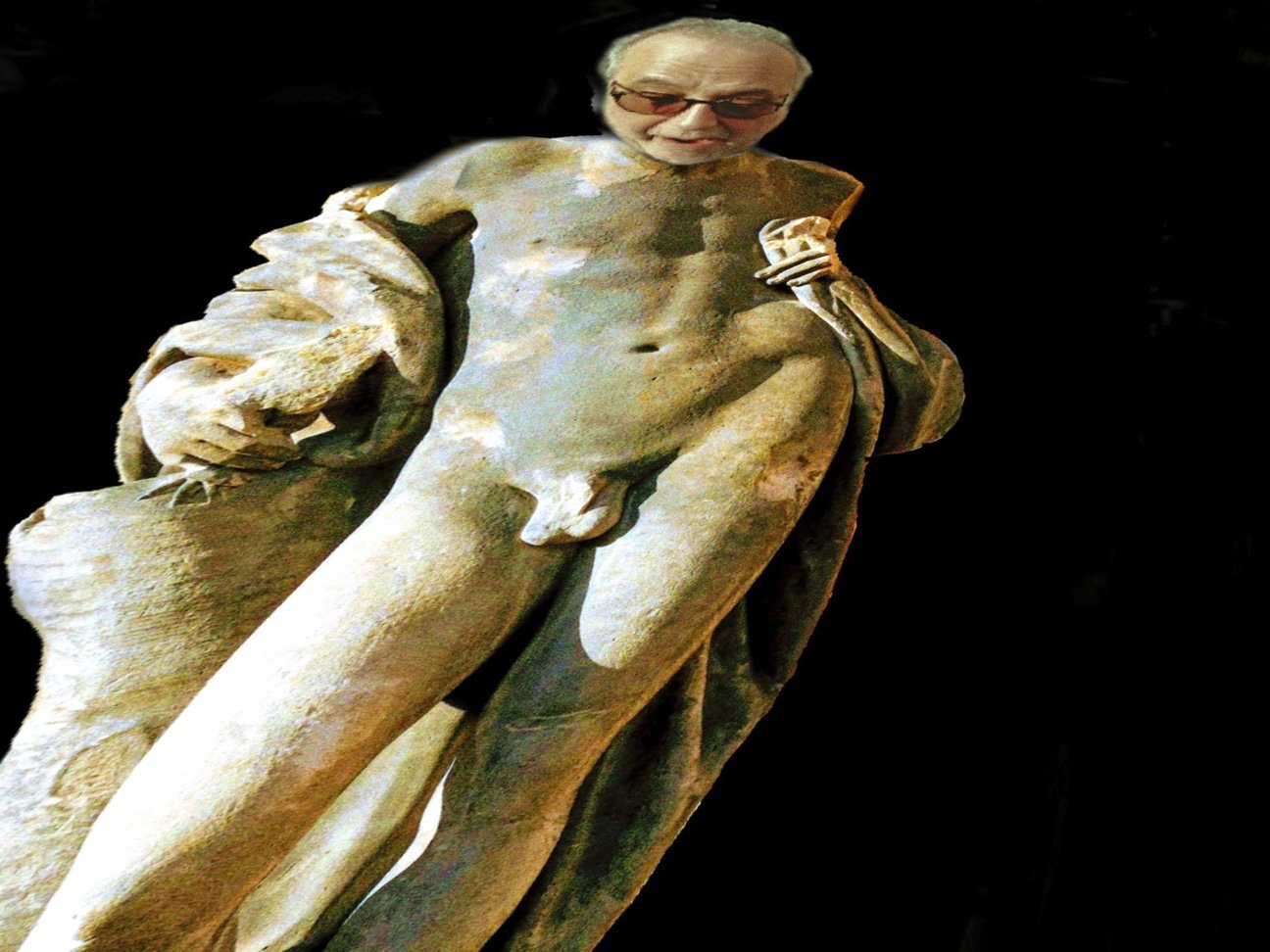
What does your work aim to say? Does it comment on any current social or political issues?
“My work does not ostensibly illustrate political concerns, political motifs or social conflicts. In my experience, pictures are most successful when the viewers discover their very own stories in them and enter into conversation through the images, because these stories can be very contradictory.”
“I want to encourage people to look beneath the surface of what is shown, to make their own associations, to recognize or rediscover structures.”
Which current art world trends are you following?
“I am self-taught and therefore did not grow up in any artistic school or with a clear direction. In a rather indirect way, however, I am certainly influenced by what has always appealed to me as a viewer: Impressionism, Surrealism, also New Objectivity and of course the broad field of photography - especially architecture and urban photography. I also feel close to Pop Art. However, my best pictures cannot be assigned to any of these genres.”
Do you plan your work in advance, or is it improvisation?
“As a rule, I don't follow a plan, but try to always be open to inspiration. In photography, which is always the basis of my work, it depends very precisely on one, often not repeatable moment: a certain perspective, a certain incidence of light. You have to be able to react very quickly, there is often no time for much technical preparation. Until the beginning of last year, I was still in my secular career, so much of my photography was done on the way - for a long time using a Huawei smartphone with a built-in Leica camera.
After this first step, however, planned work begins: the selection of motifs for further processing, the decision on stylistic means, on the dimensions of the picture, on the material for printing. I have been working on some motifs for years and I am still not finished.”
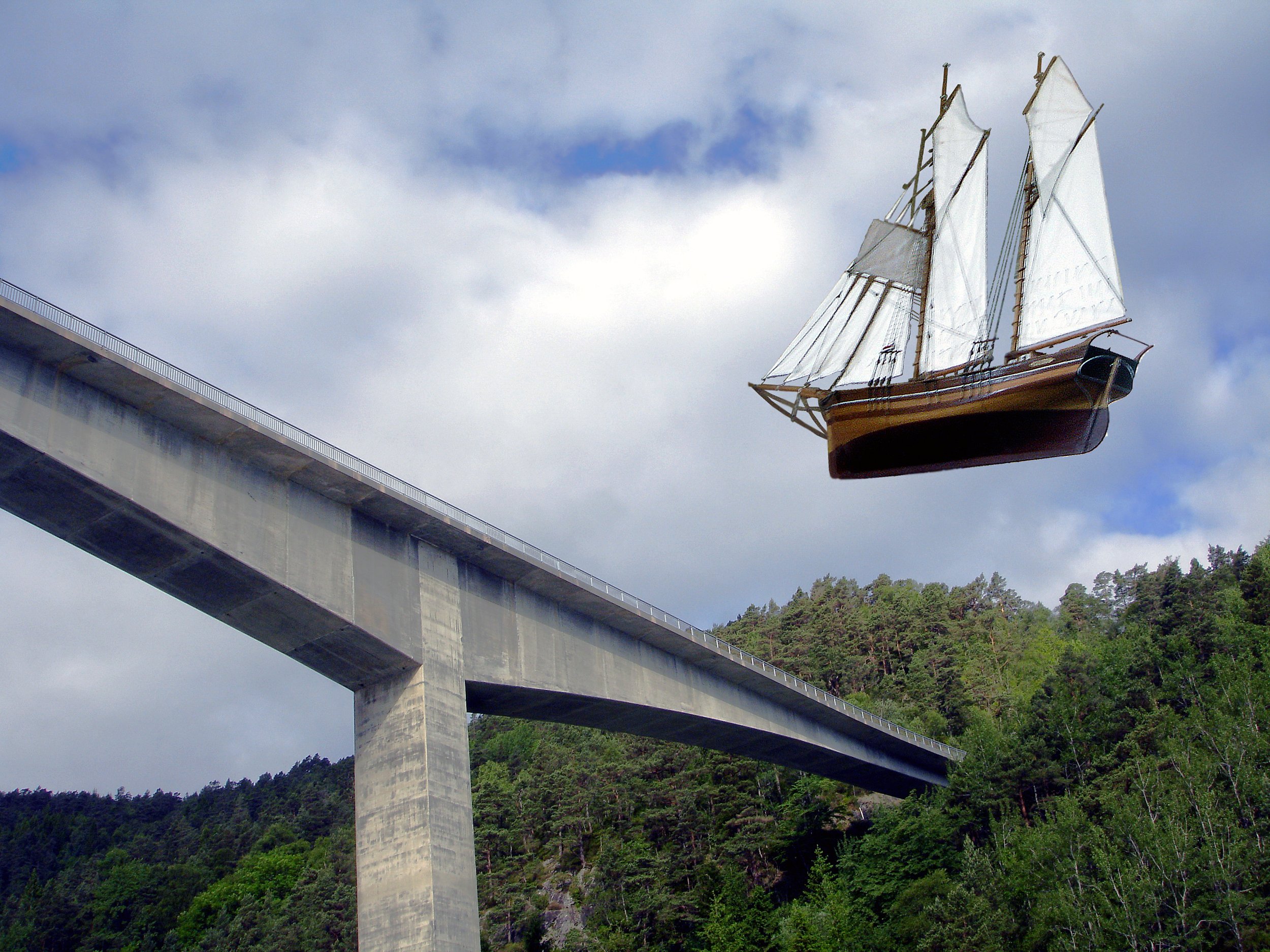
What process, materials, techniques, etc., do you use to create your artwork?
“Everything is ultimately created on the computer - currently on a MacBook Pro with M1 chip. A wonderful device! The photo software that comes with it already allows for a good initial processing of the images - even of RAW files. The actual basic software, however, is of course Photoshop, in combination with additional filters and tools such as Nik or Luminar. The possibilities of image processing are constantly expanding, you have to keep an eye on that. Sometimes it's also smartphone apps that prove quite useful for intermediate steps.
All the photos I edit come from my own camera - currently a very handy and powerful Canon EOS M 50 with various lenses.”
What does your art mean to you?
“For me, it is perhaps the decisive path to myself. In what matters to me, I have to be the first to look behind the structures, colors, perspectives - and to discover something. This is only possible if one frees oneself from all external factors. And if you are not satisfied with only going halfway: when you have made it to the end, it is like you have run a long-distance race. In this respect, art is also like sport, it's something you can't hide from.
In the beginning, my montages had something light, often cheerful and ironic. After a serious, painful operation, I couldn't do anything for a long time - and my work became harder, sharper, more reduced. Now, when our world and our liberal values are threatened in many ways, I find myself more often in the seemingly abstract, in which strange structures are reflected that were hidden very deeply in the original.”
What’s your favorite artwork and why?
“The painter I love most is Claude Monet. His handling of light is unrivalled, his ability to capture the light precisely and to let the representational aspect of the motif recede behind it without losing it. But Salvador Dali and Max Ernst also inspire me. Edward Hopper is another name that comes to mind. For me, the Black Paintings of Goya and the art of El Greco are quite shocking masterpieces.”
Have you had any noteworthy exhibitions you'd like to share?
“I am particularly proud of the joint exhibition with my friend Horst Dietzel from 2019/20 at the gallery "Helle Panke" in Berlin's Prenzlauer Berg: ‘The Second View. Berlin - The City’. We each approached different motifs in the city with our own particular stylistic means, and the juxtaposition produced a synthesis all of its own.
A highlight for me a few years ago was the request of the former mayor of Berlin and senator for culture, to decorate his then citizens' office. I developed the series ‘The Star of Communism - Rise and Fall’ especially for this purpose - perhaps my most political work at first glance, but for my artistic development, an important step towards regaining irony and a twinkle in the eye, even with a complex subject and a very special working environment. Parts of it were later also shown at the Rosa Luxemburg Foundation Berlin.”
Instagram: @thofalkner
Other: Online Gallery


